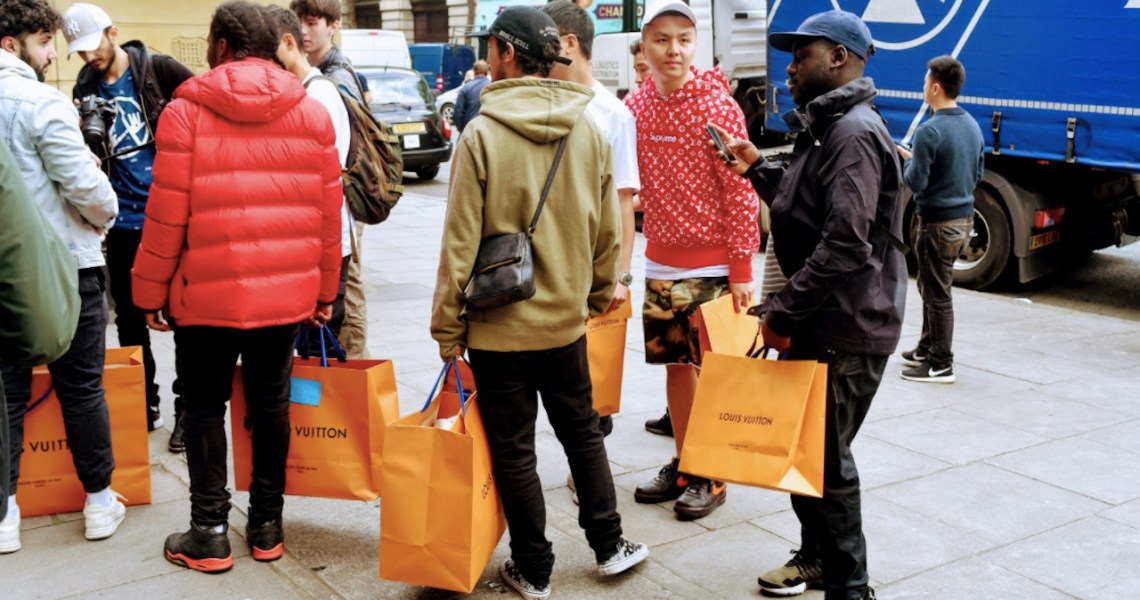Subscribe: iTunes | Stitcher | Google Play |Spotify
Ryan Babenzien, the founder and CEO of Greats, has a long history with sneakers and streetwear.
When he was growing up, streetwear was a type of fashion that celebrated the rebellious spirit of 1980s youth; it pulled inspiration from luxury brands and flipped them into styles the majority could afford. Nowadays, streetwear has moved up and onto major runways, and for Babenzien, it has morphed into something that can no longer be defined by the same term.
“I was around when the term streetwear was founded,” said Babenzien. “In the late ’80s, streetwear wasn’t really a category. It was coined back then, and Stussy was probably the first brand that streetwear put on its shoulders. Since then, there have been tens, if not hundreds, of others. But in today’s world — and this is where I’m probably going to take an opposing view on streetwear and luxury as it’s currently being discussed — I don’t think streetwear is streetwear.”
On the first episode of our limited series, Glossy Trend Watch: Streetwear Edition, fashion reporter Danny Parisi sits down with Babenzien to discuss the evolution of streetwear, including the reason he believes it’s now dead. Edited highlights below.
The cost of modern-day streetwear isolates it’s traditional customer
“Streetwear was made for street. The pricing had to be accessible. So, let’s just talk about Stussy No. 5 knocking off Chanel. Back then, it was knocking off Chanel — they flipped the Chanel logo. Today, it’s appropriating. It’s always existed in streetwear where [designers] were looking at luxury things, reinterpreting them and then selling them on a T-shirt for $28. Now, the irony of all of this is that luxury and street are opposing forces — luxury is for the 1 percent, and street is for a larger audience — but now they’re together. Part of the definition of streetwear was a price that people could afford. When you have a $1,000 sweatshirt, who of the traditional 18-year-old streetwear customer base can really afford that?”
Ad position: web_incontent_pos1
The streetwear effect in luxury
“From a distribution side, luxury brands are using streetwear or sneaker tactics. The drop model is definitely one of them. But the drop of a $1,800 bag just doesn’t feel right to me. There’s not more rich people in the world — in fact, there’s a disproportionate distribution of wealth at the highest level. But people think that luxury is growing right now. I believe that it is synthetic growth. What you see is that people who can’t really afford it, and are not true luxury customers, are buying these things and reselling them. They’re wearing them for a little bit, reselling them and getting 80 percent of their money back, or they’re just flipping them for a profit immediately. That doesn’t make them a true luxury customer, but luxury growth has happened, and I think it’s because of that. But once that person stops making money on the flip — which we’re seeing in a major way — or gets bored of chasing what’s new all the time, then you’re going to start to see a normalization.”
Steering clear of the hype
“At Greats, we’re just not interested in the hype business. We do not want to be the hottest brand today, because generally that means you’re gone tomorrow — especially in the modern world, where there’s this speed of information. Trends cycle in and out so quickly. We’re trying to build a long-term modern luxury brand. I say modern because we make premium stuff in Italy, but we sell it at a value proposition. That’s really modern. We distribute online, and that’s also really modern. The price has been realigned — we’re not selling [shoes] for $700, we’re selling them for under $200. That’s a modern luxury product to me, and I think we’re going to see more of that. Does that mean that traditional luxury is going away? No, but it’s only available to a small group of people who can afford it.”




